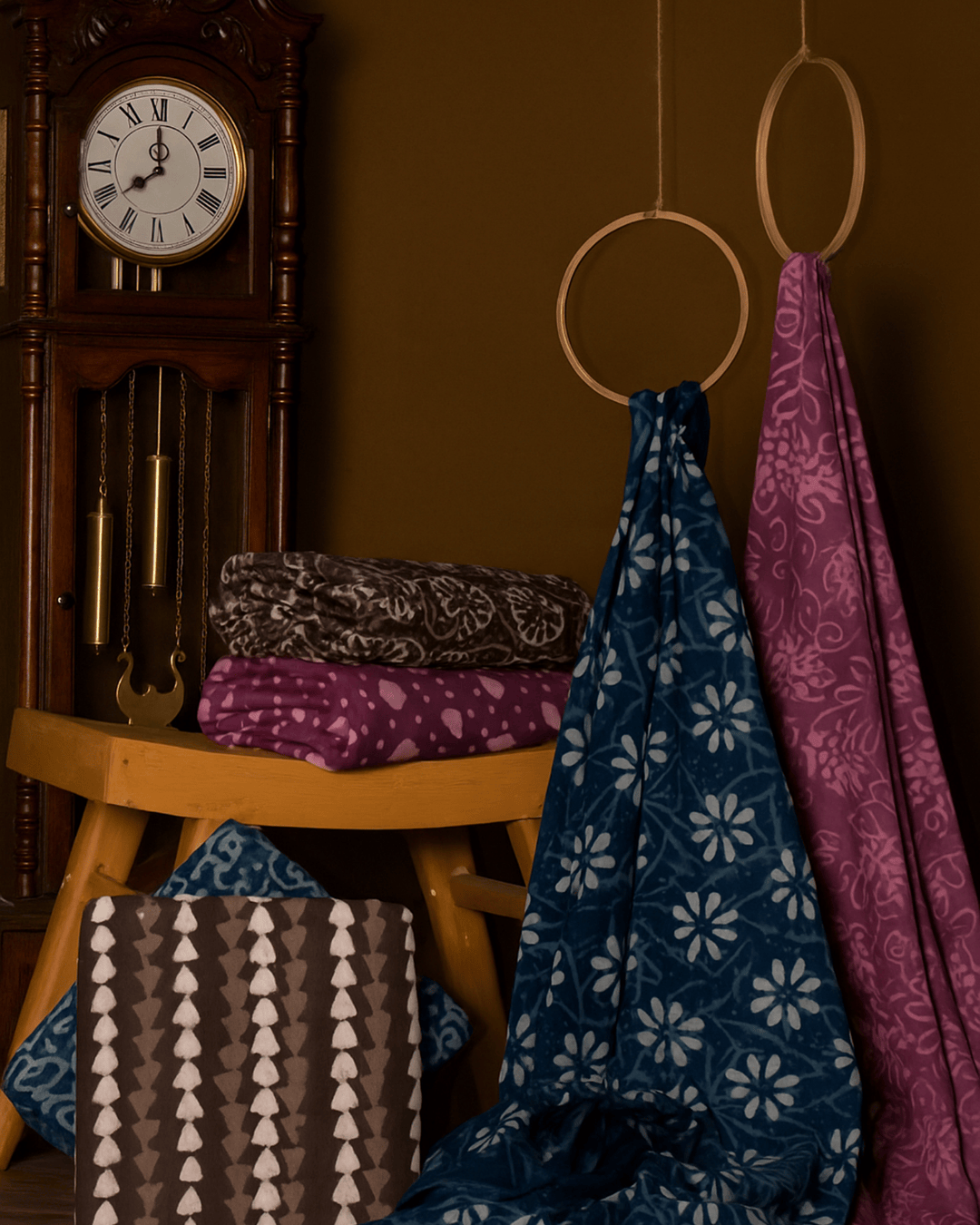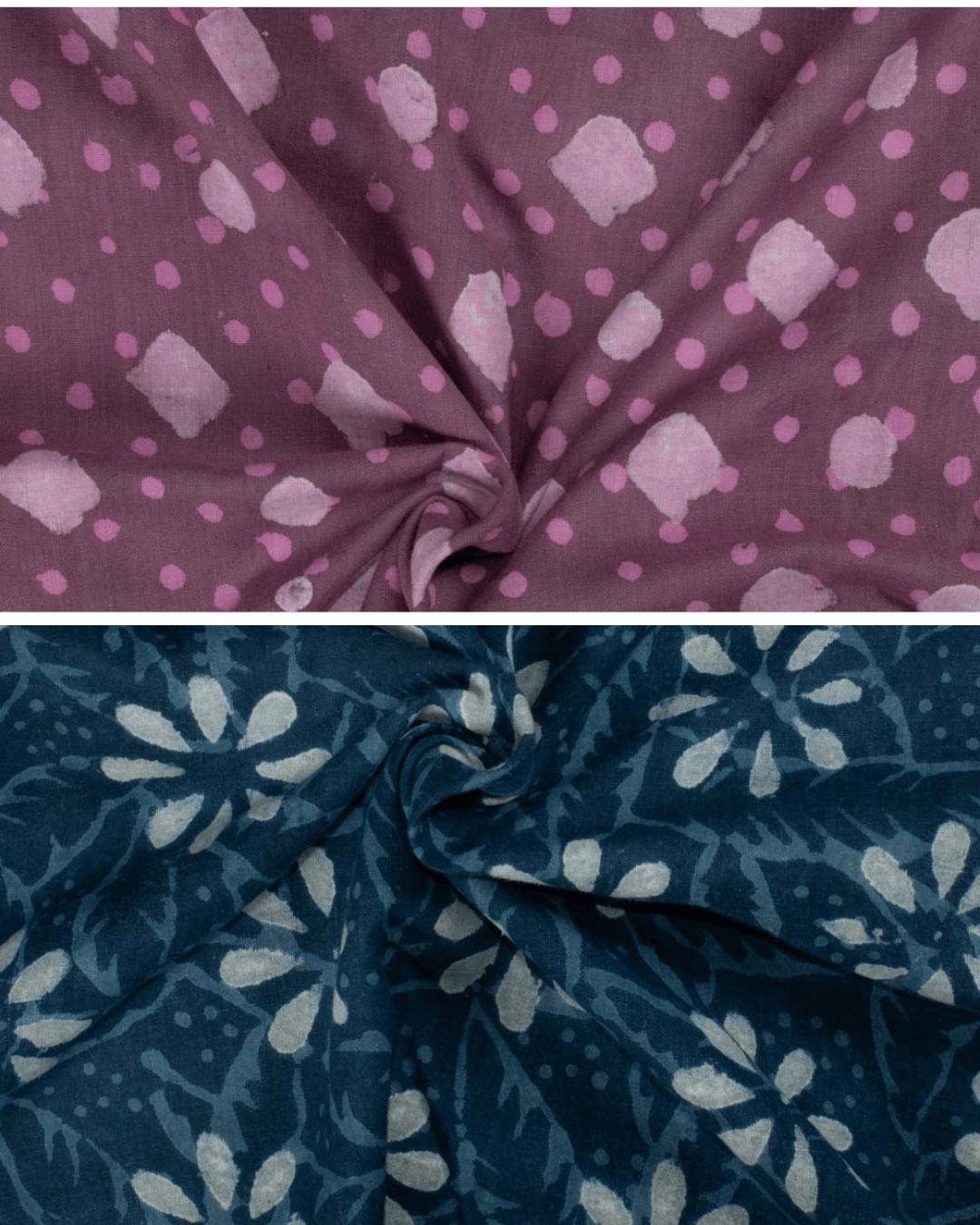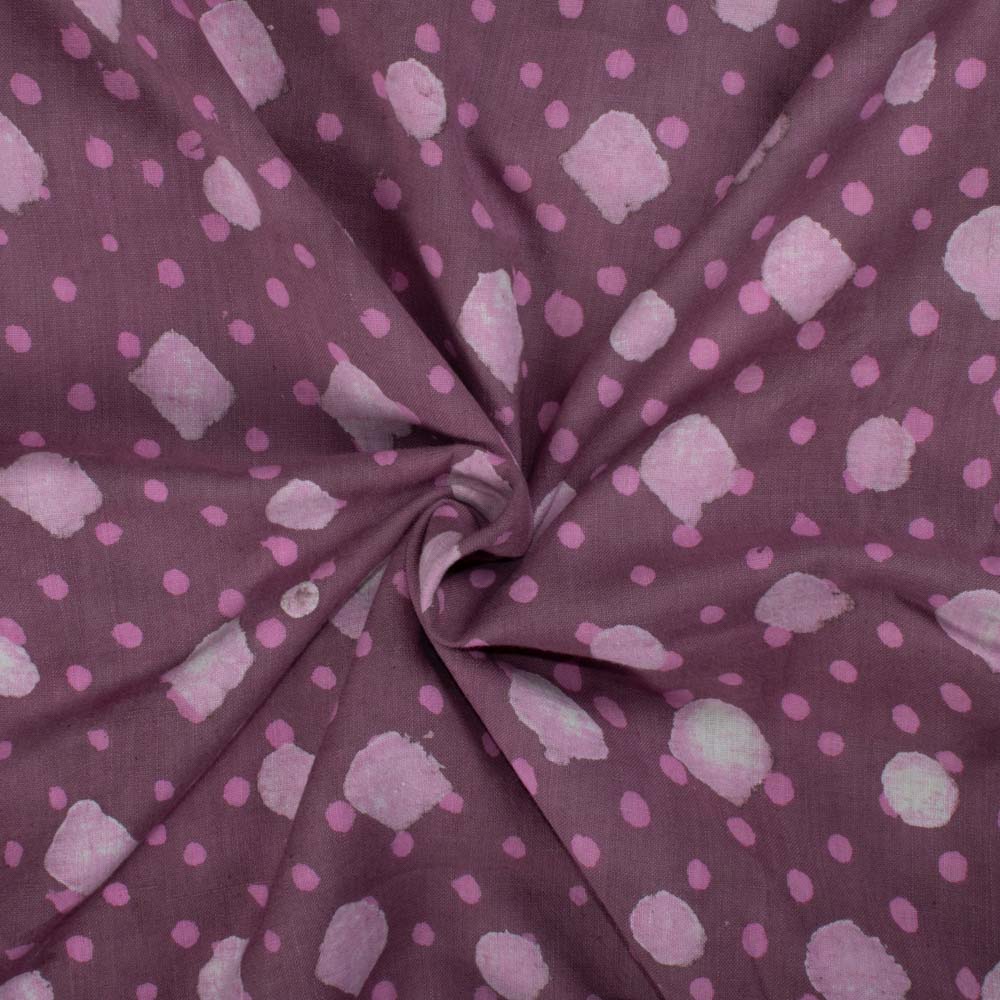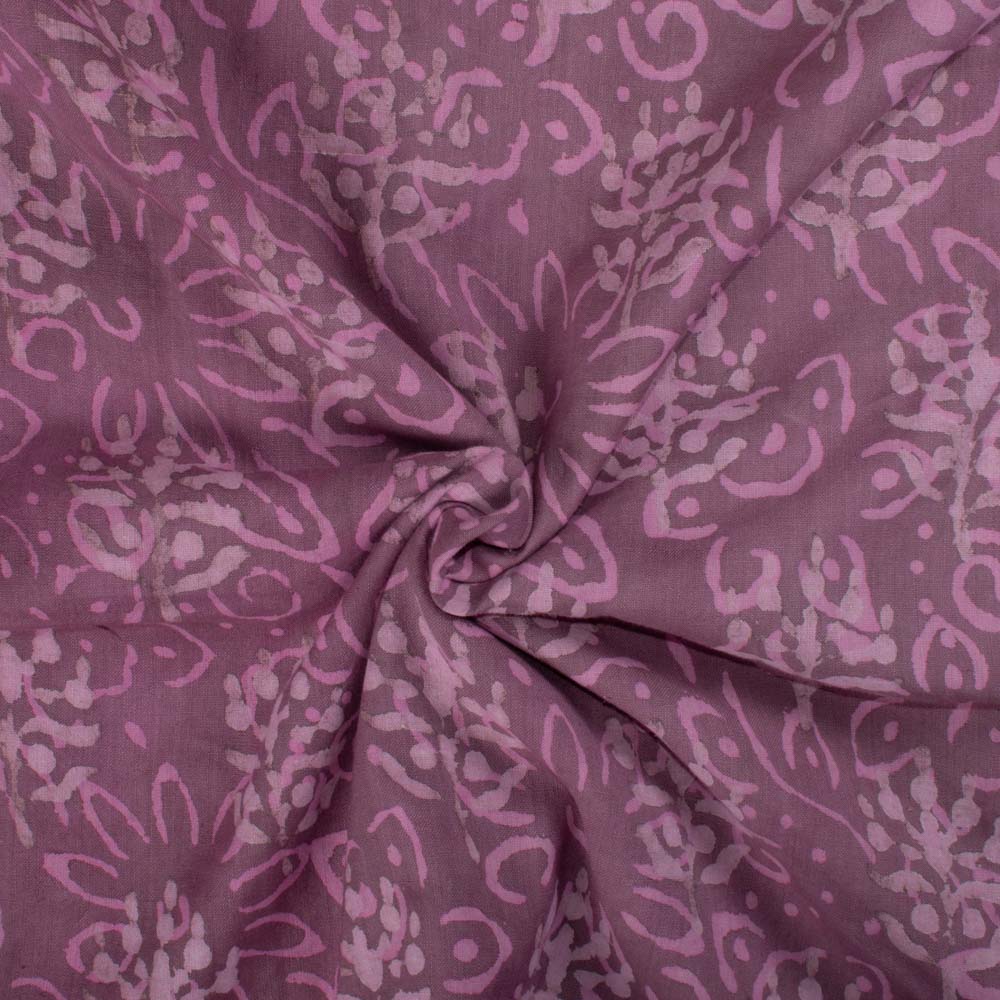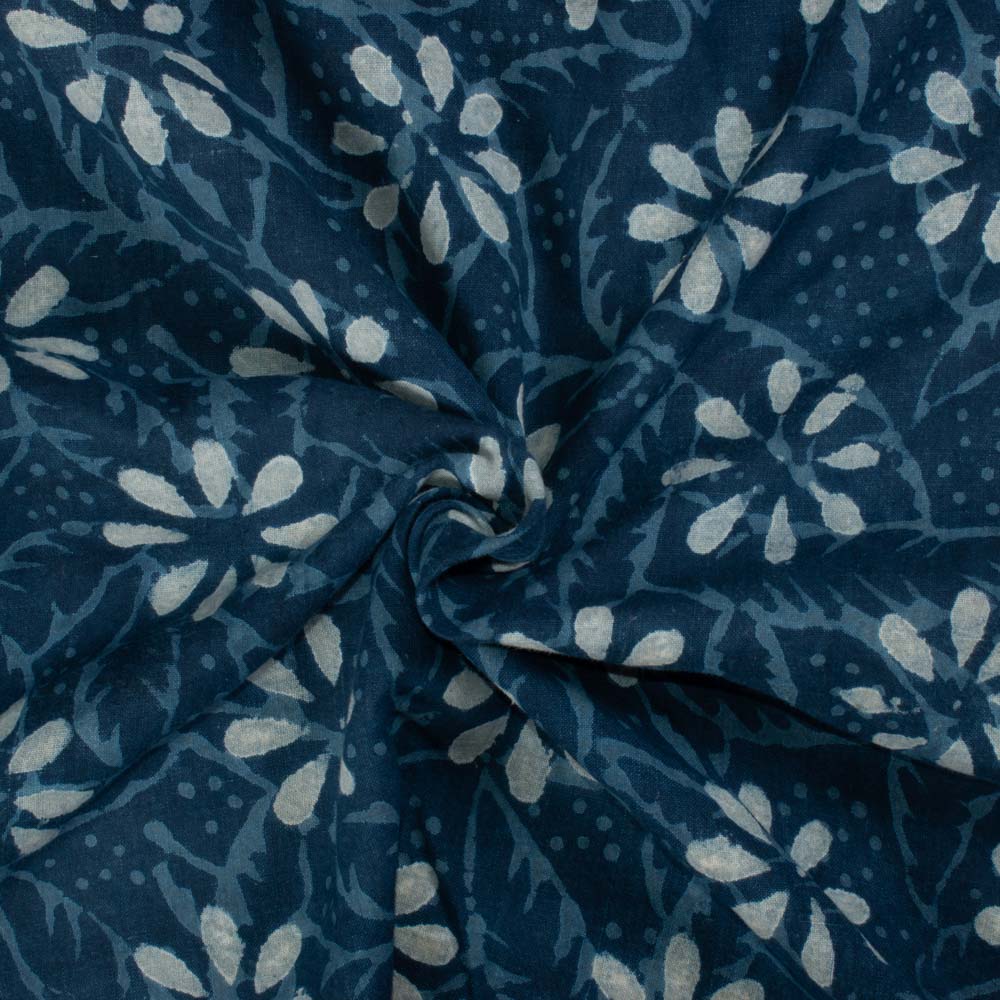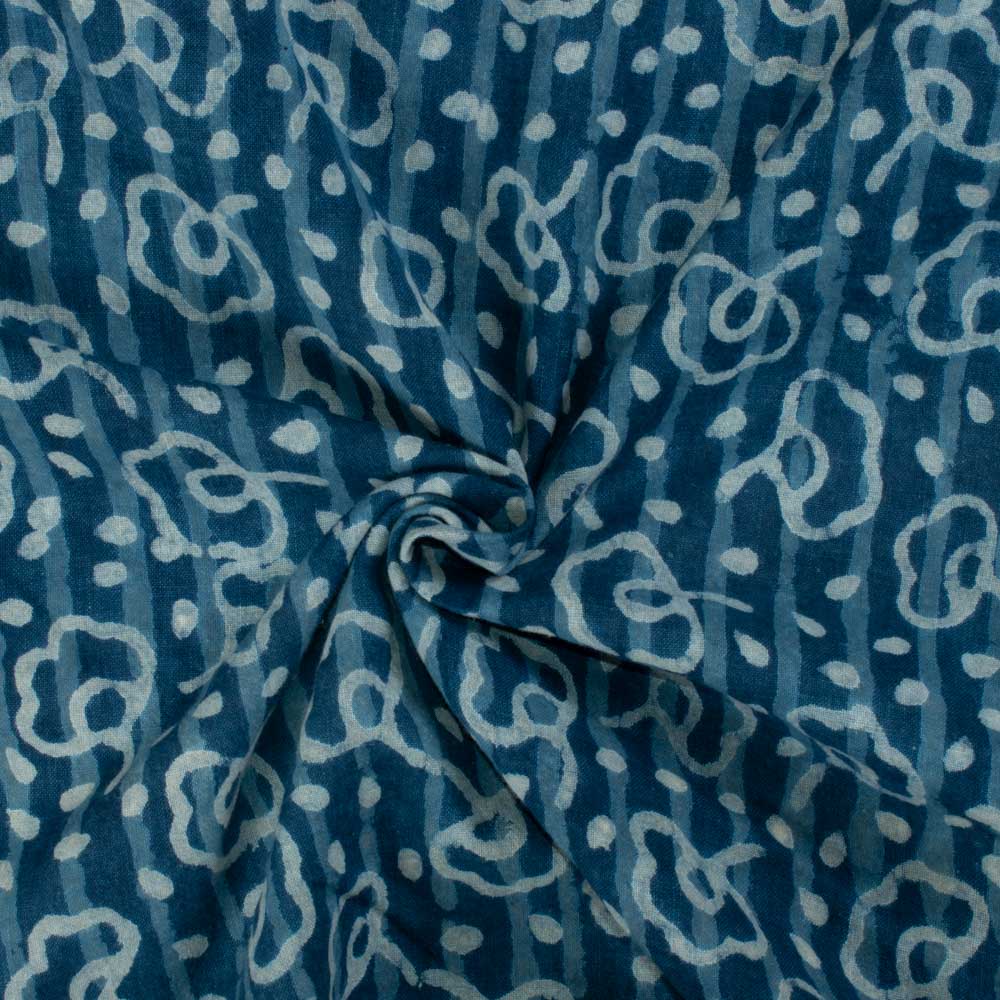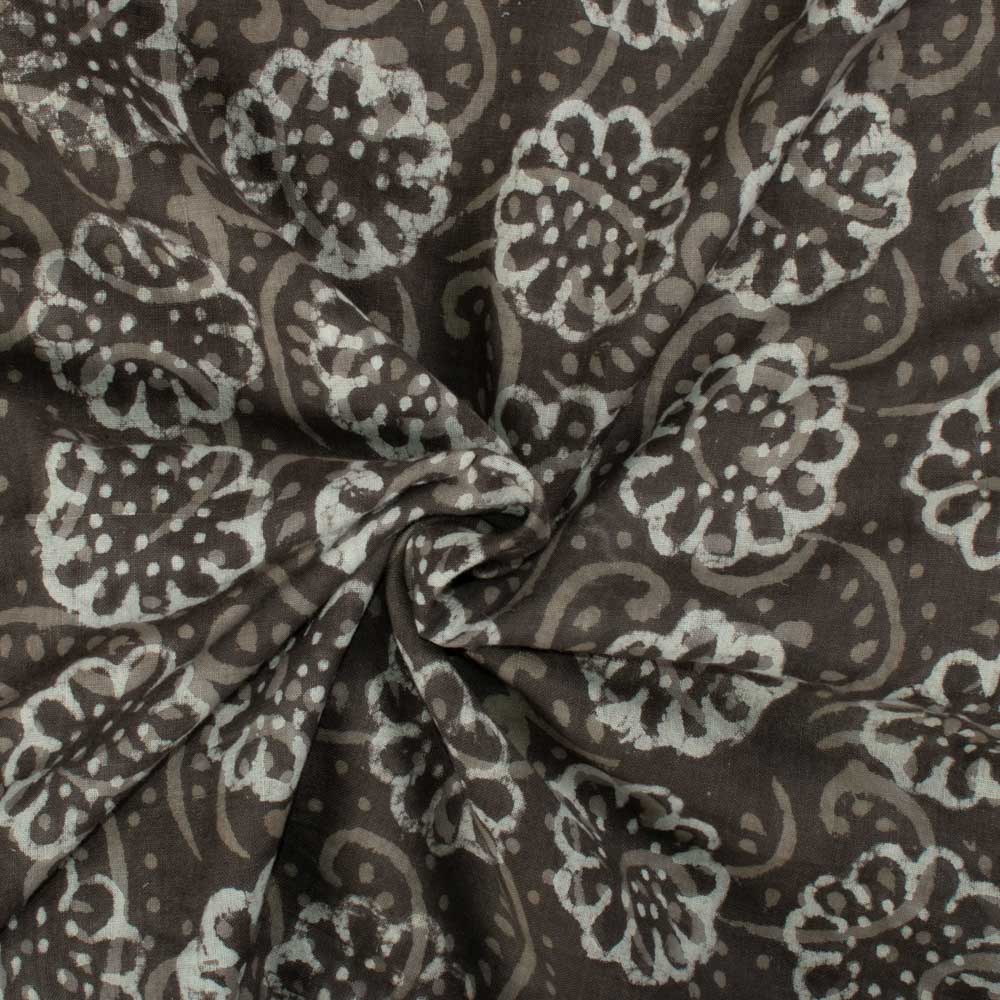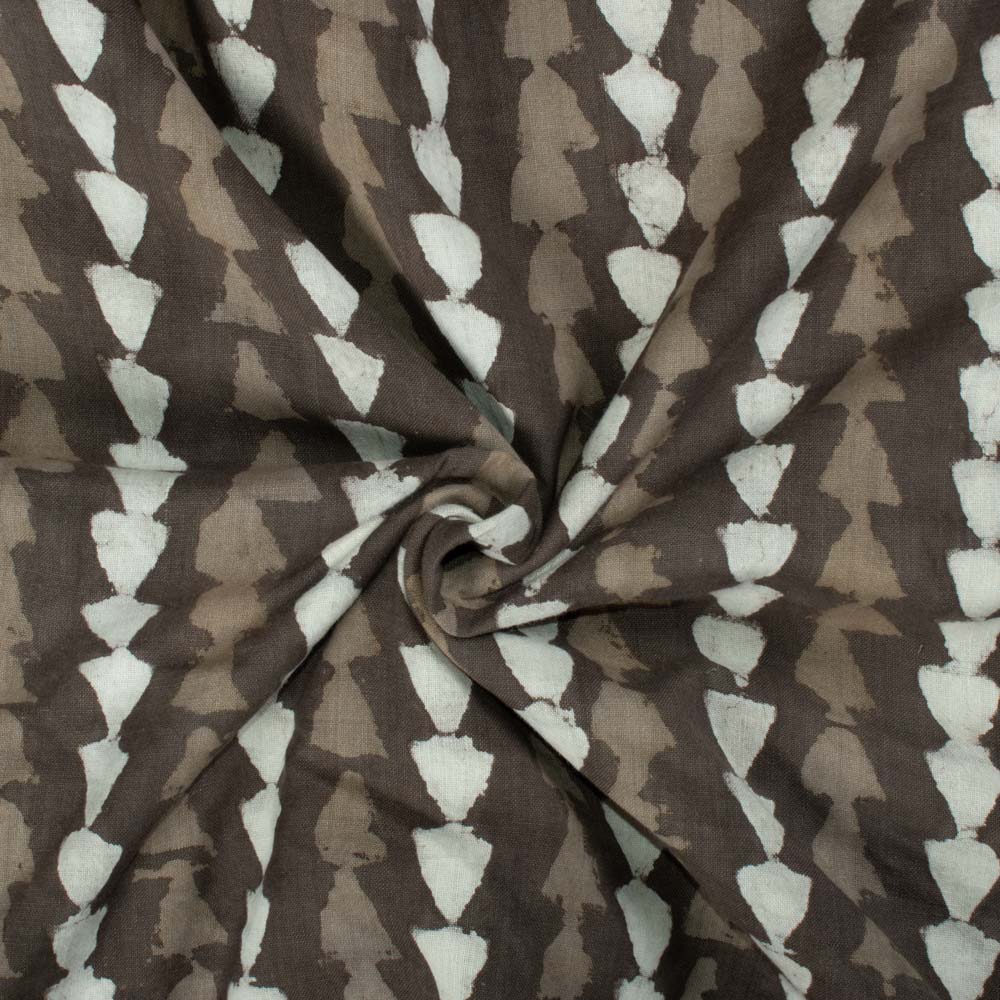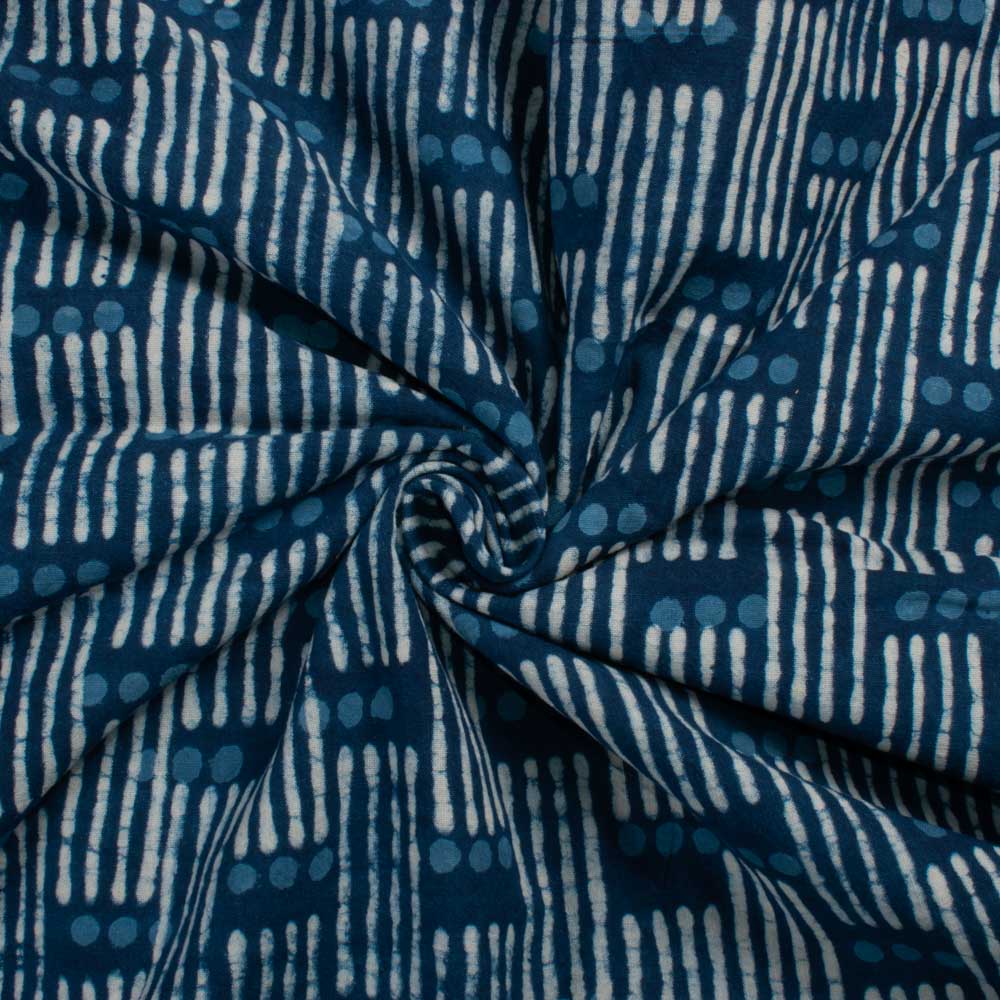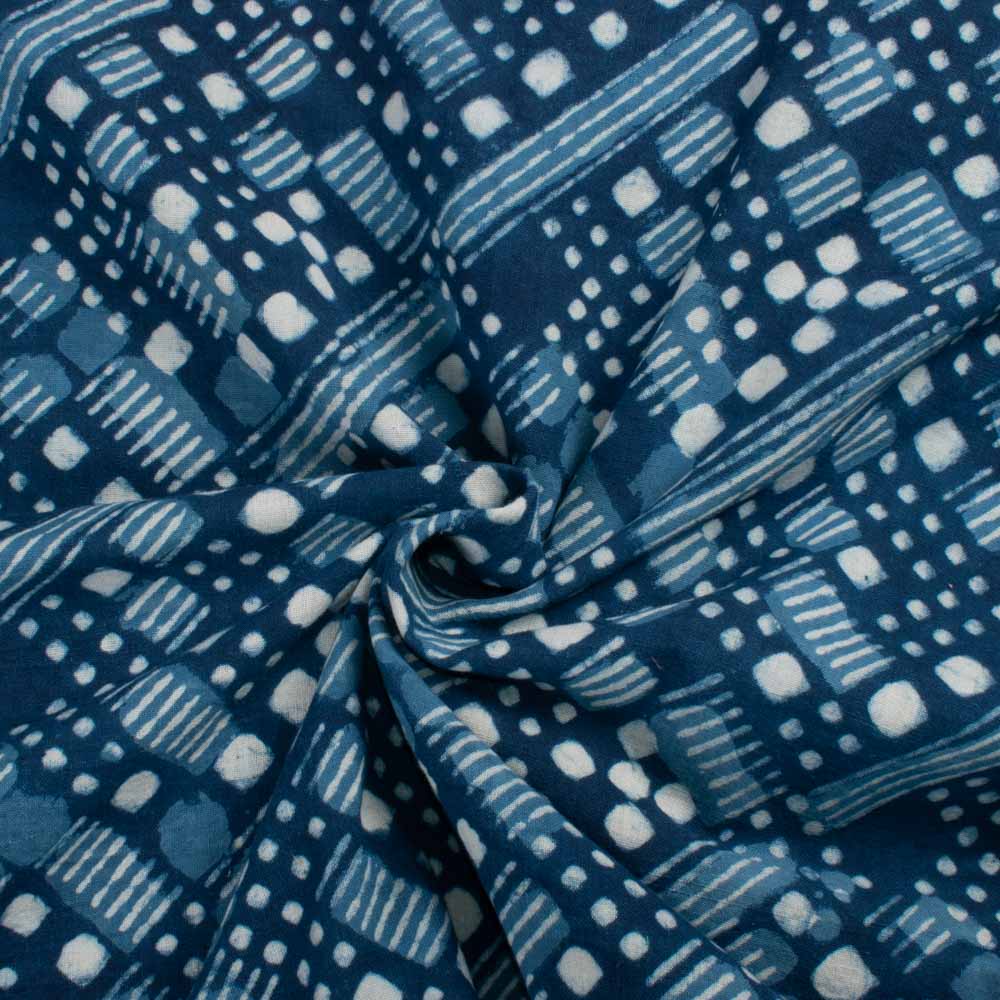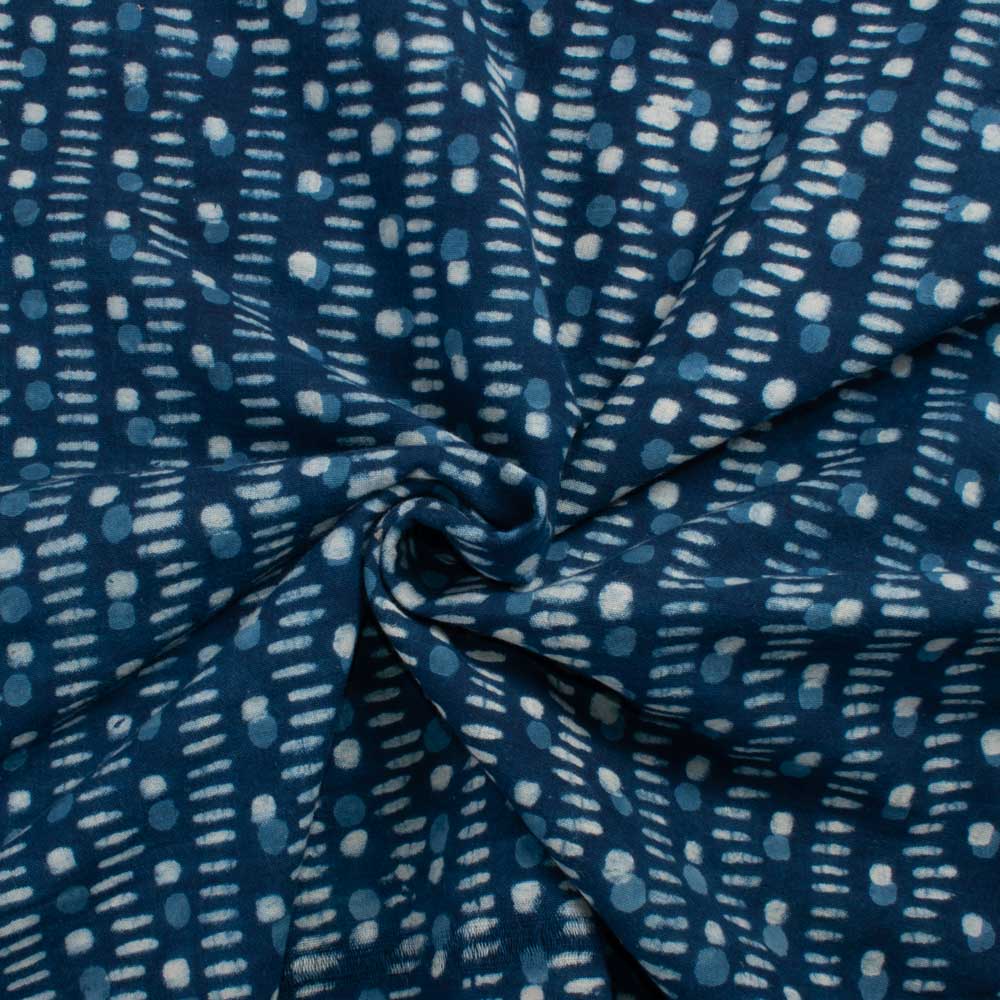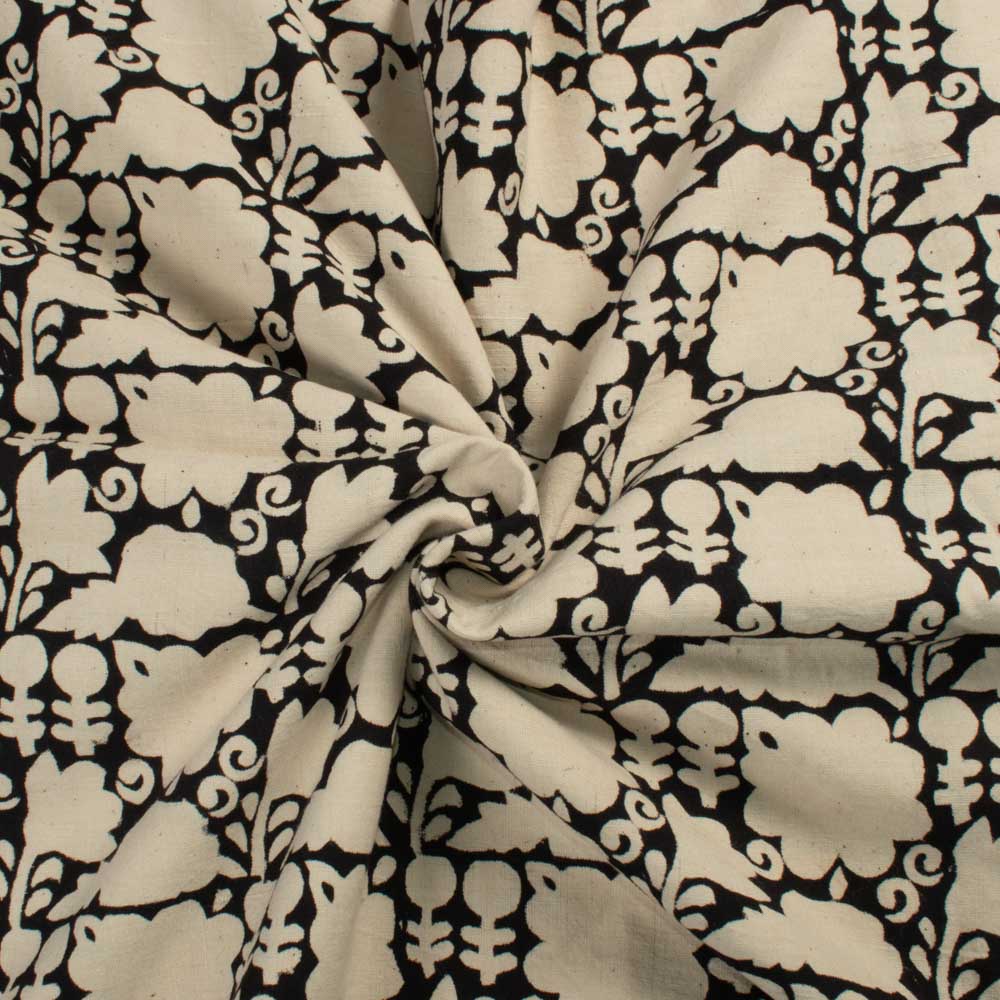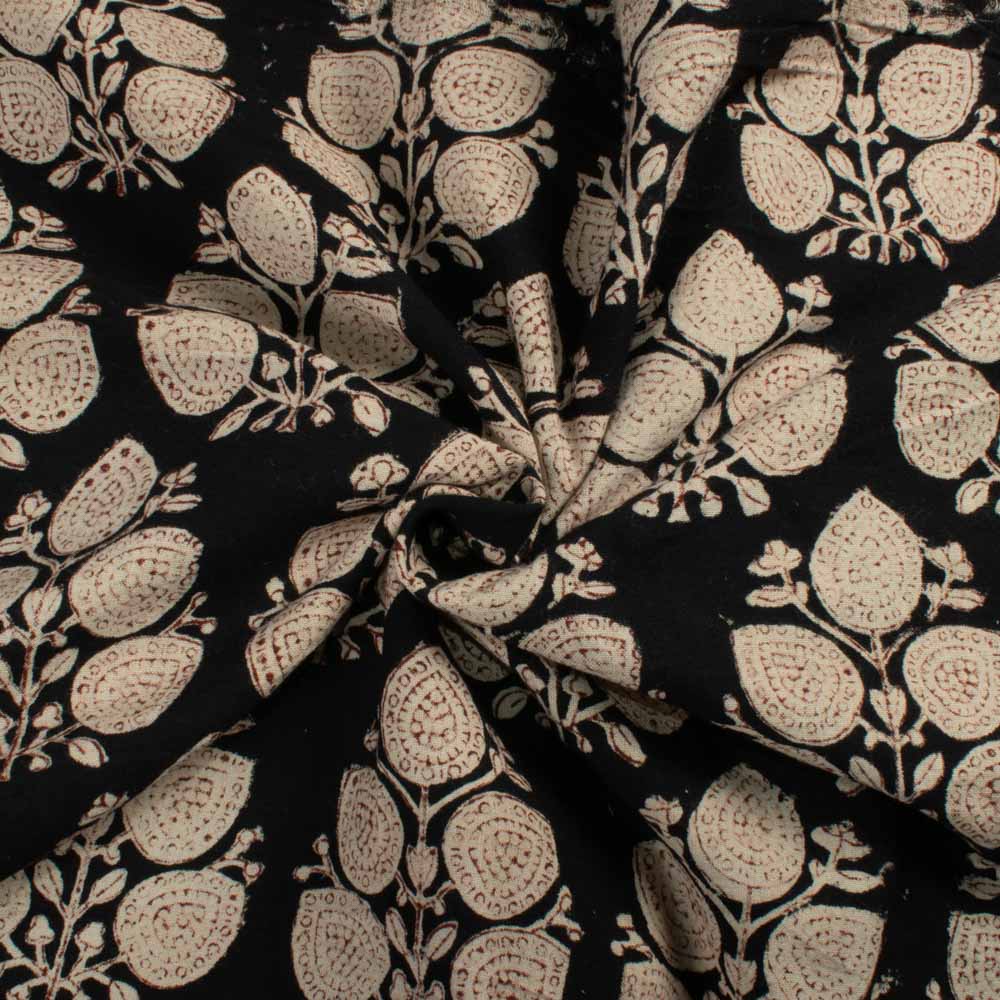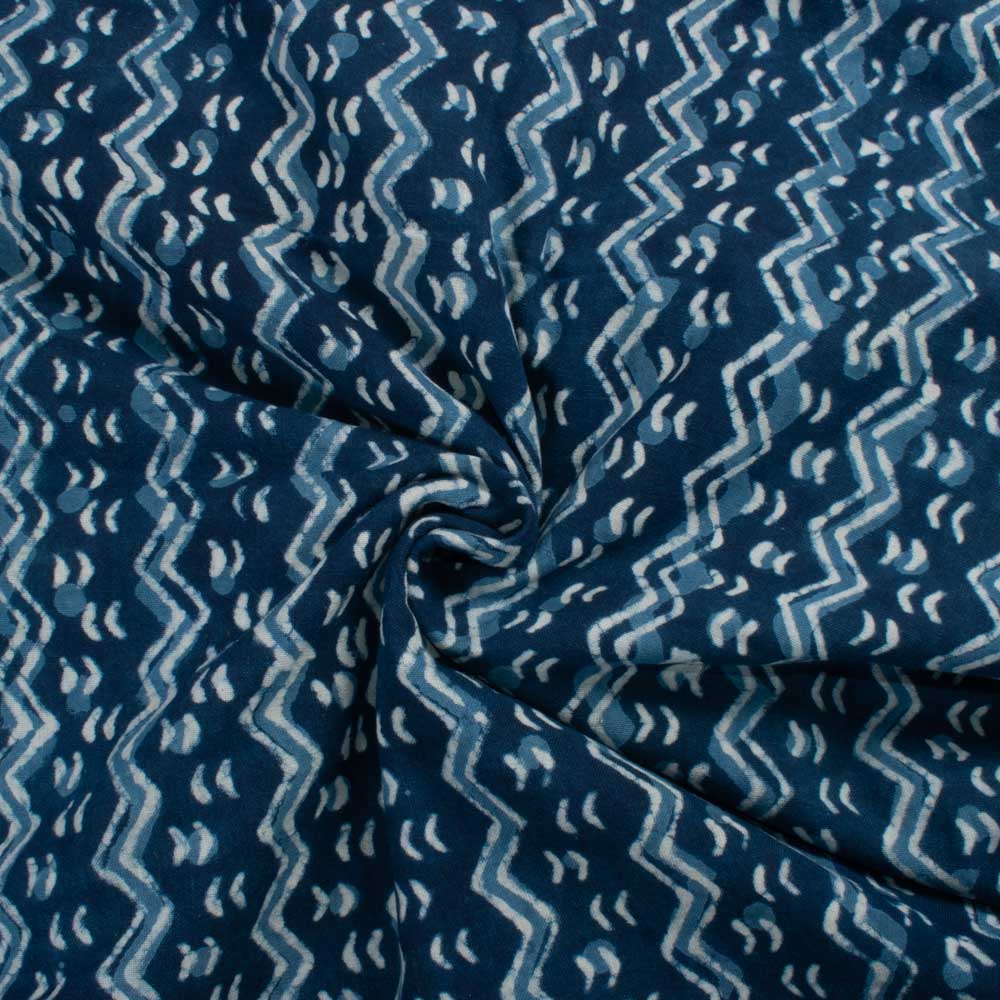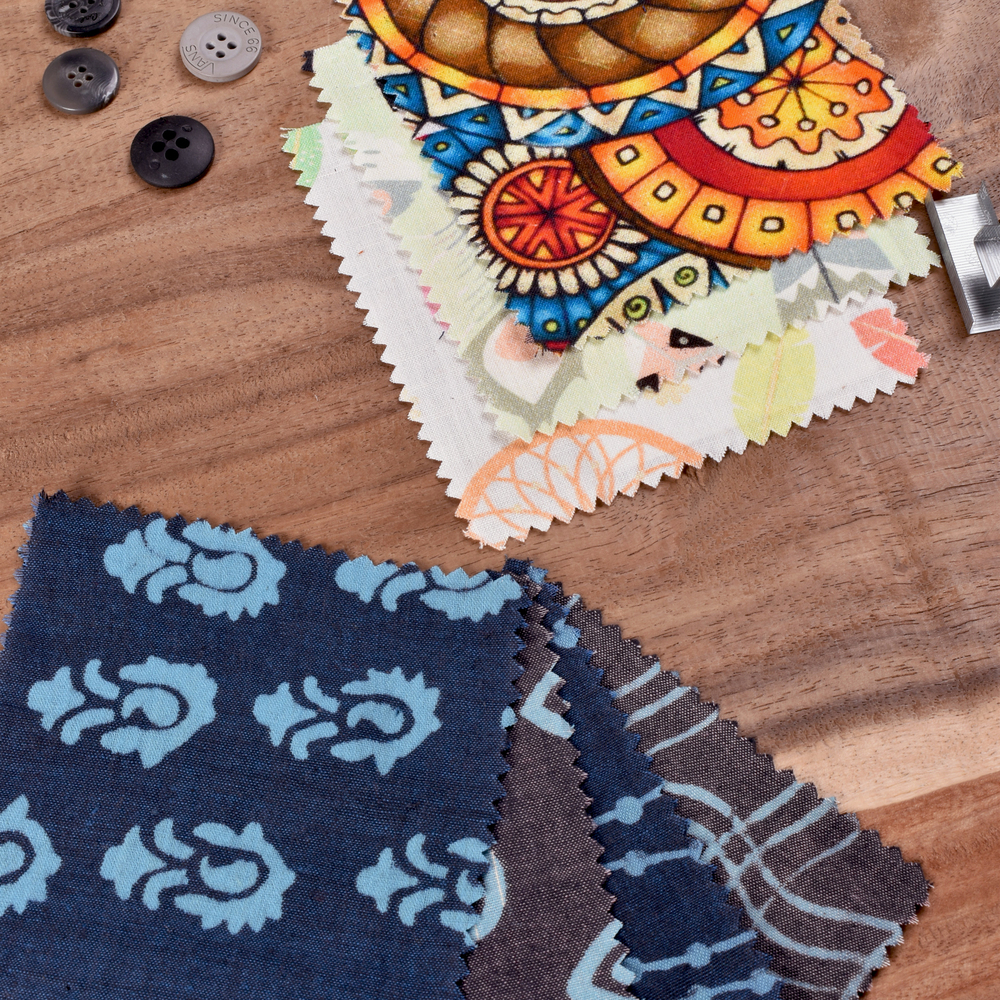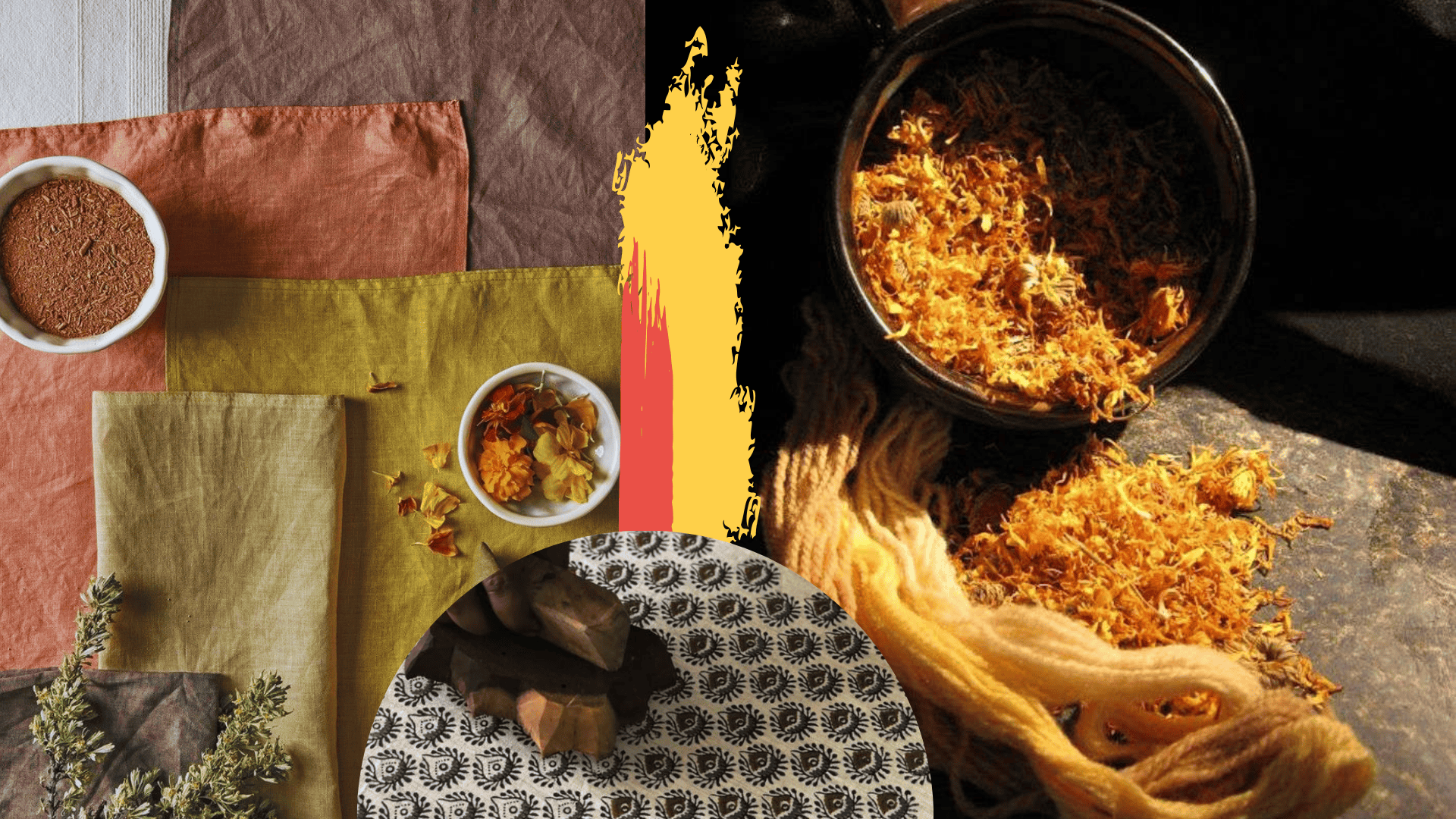
NATURALLY DYED BLOCK PRINTING

In the world of textiles, few techniques carry as much cultural depth and aesthetic beauty as block printing. At Anuprerna, we believe that every motif stamped by hand and every color drawn from nature tells a story. In a market dominated by synthetics and chemical dyes, naturally dyed block printing is proving that tradition is not just relevant—it’s the future of responsible fashion.
The Magic Behind Natural Dyes🌿
Natural dyes are more than just colors on cloth—they’re alchemy between nature, artisans, and fabric. Unlike synthetic dyes, which use petroleum-based chemicals, natural dyes are drawn from plants, minerals, and even metals, each bringing its own character and story.
Nature's Canvas
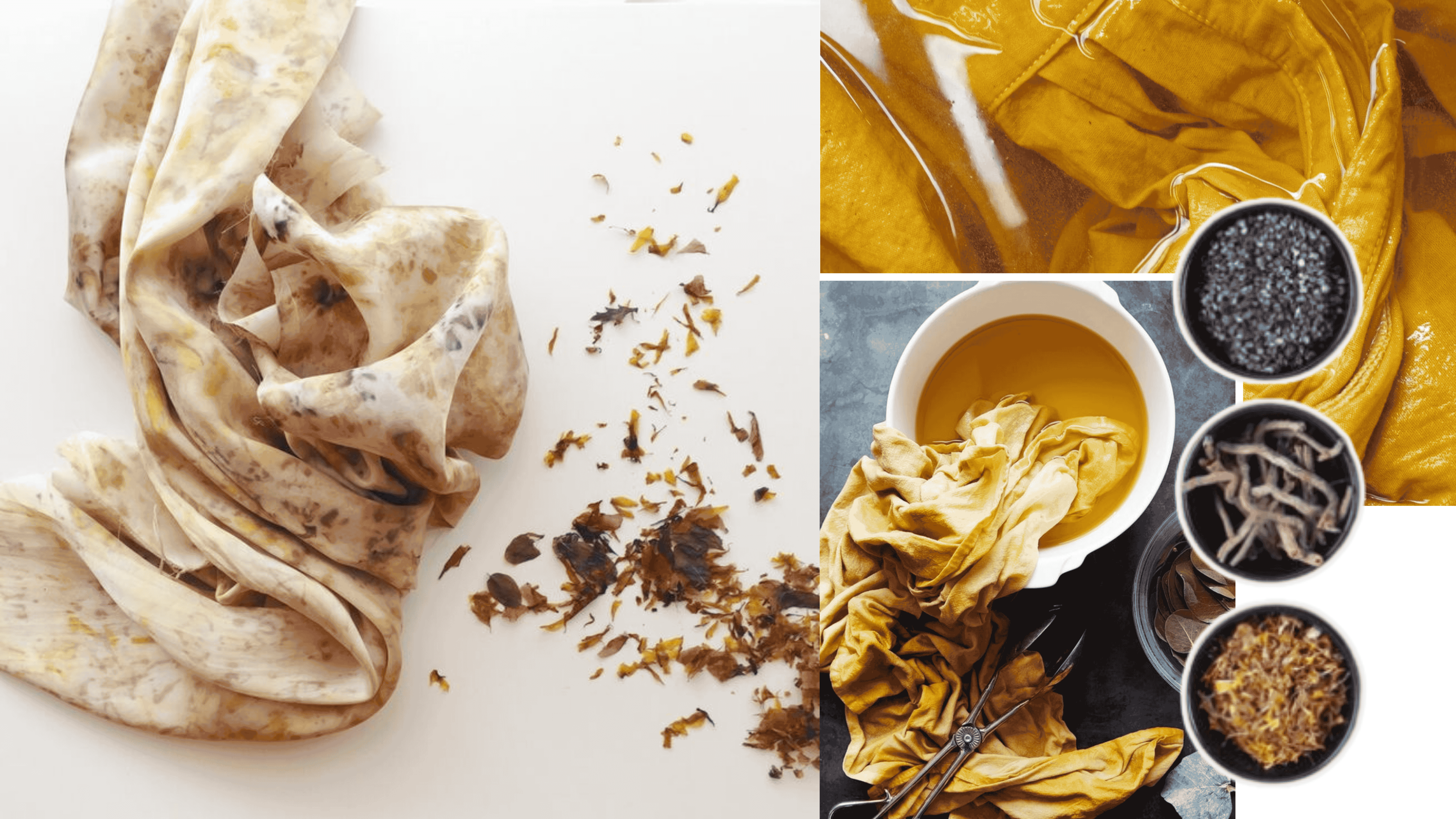
The Art and Science of Natural Block Printing
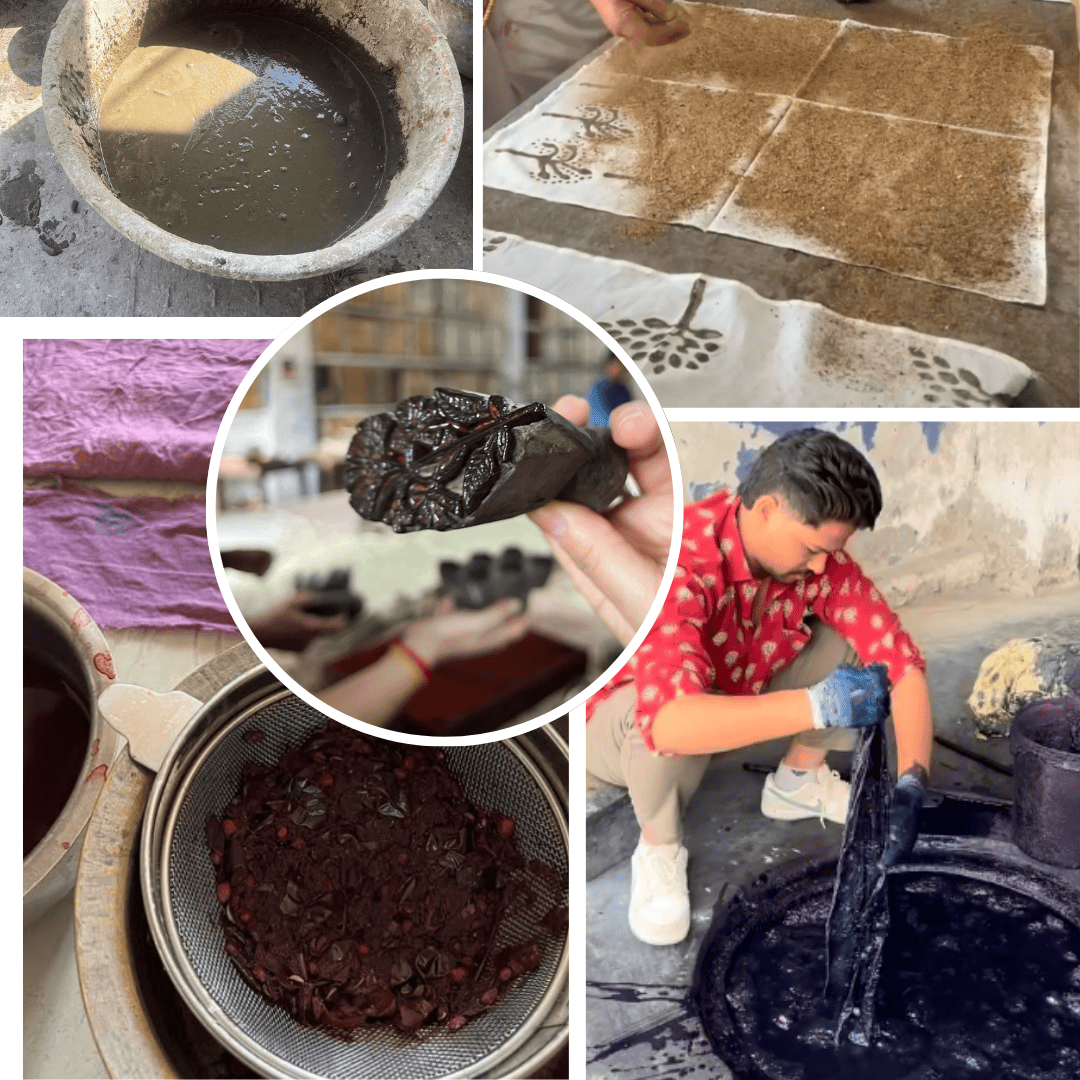
This is also known as Resist Printing, a completely natural and organic process carried out using only natural ingredients.
The process begins with washed white fabric, which is then prepared for printing using a specially made mud paste.
The mud paste is created from a mixture of black soil, natural gum, wheat powder, and a touch of lime.
Once the paste is applied in the desired patterns created by the wooden blocks, a layer of sawdust is sprinkled over the printed areas to set the design. This paste resists the dye, protecting the fabric underneath.
Detailed Process
After the printing is complete, the fabric is ready for dyeing process. When the fabric is dyed and the resist paste is washed away, the intricate pattern is revealed in the base color of the fabric.
By combining the natural beauty of organic dyes with the meticulous art of block carving, the final textile is a unique, handcrafted masterpiece that carries a story of patience and tradition.
Here are some of the fascinating sources and methods:
From Flowers & Leaves
- Marigold, Hibiscus, and Sappanwood → give soft yellows, oranges, and pinks.
- Indigofera plant → one of the oldest and most prized, producing deep blues through a fermentation process.
- Madder root → yields rich reds, rusts, and terracotta shades.
- Pomegranate rind and onion skins → produce earthy yellows, golds, and browns.
These colors are seasonal and living, shifting subtly based on soil, water, and harvest time.
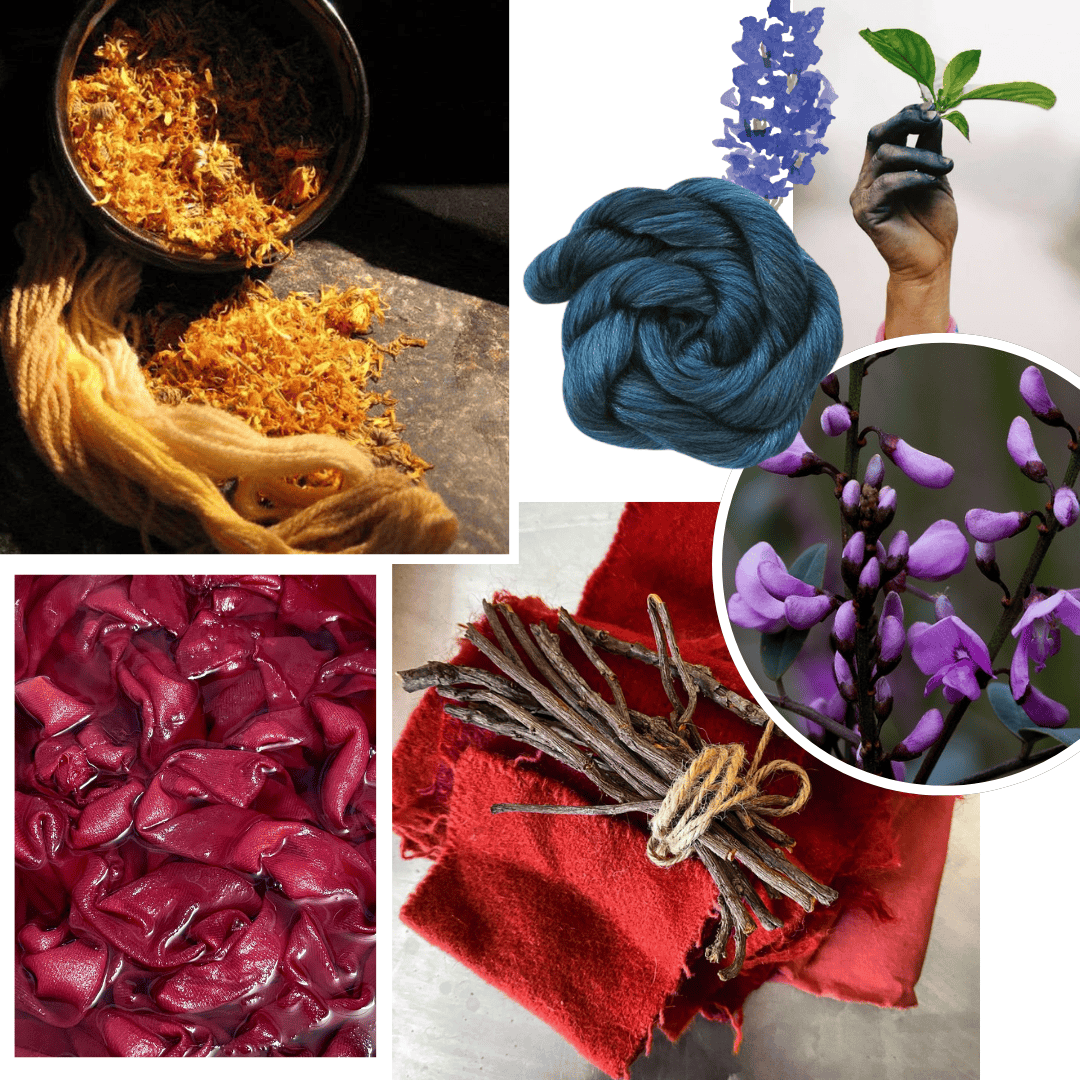
Insight About Indigo & Madder Root
Indigo: The Indigo Plant, scientifically known as Indigofera tinctoria, was first discovered in Peru about 6000 years ago. Immediately cherished for the beautiful dye it created. It was first cultivated in India, a nod to its name Indigo - meaning “from India”
Madder Roots: The cultivation of Madder requires specific conditions and care. It's cultivation tracing back to ancient Egypt, Greece, and Rome. Madder root (Rubia tinctorum) ability to produce a vibrant red dye, known as alizarin.
From Bark, Roots & Seeds
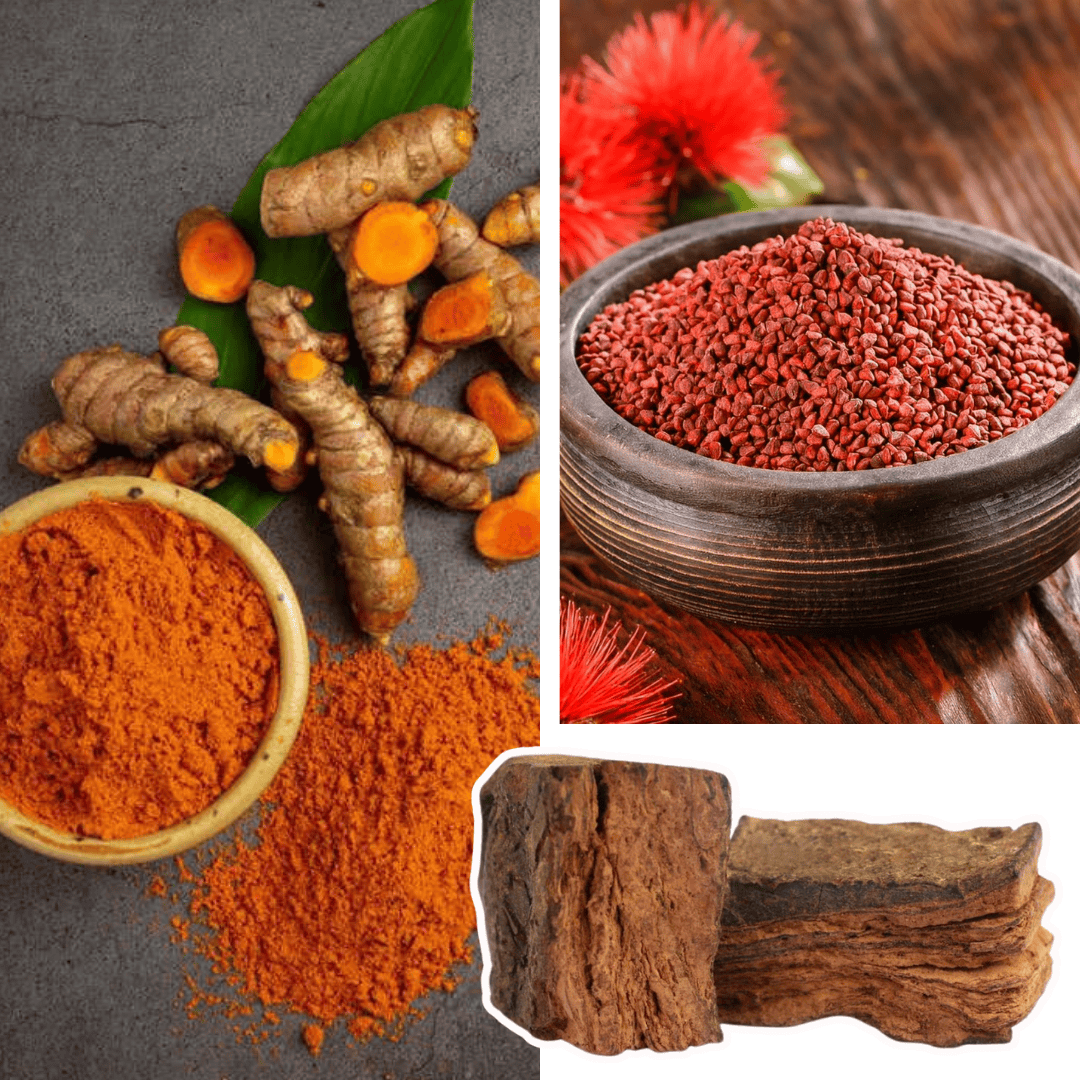
- Catechu (Acacia tree extract) → dark browns.
- Turmeric root → a golden yellow that’s both vibrant and sacred.
- Annatto seeds → fiery orange-red tones.
Insight: Annatto seeds, the vibrant treasures of the Bixa orellana plant, have been cherished for their rich pigment and natural origins. Their natural pigment, ranging from a golden saffron to a fiery amber, has long been prized for its brilliance and depth.
Roots and barks often require long boiling and careful extraction to release their pigments.
From Minerals & Metals
- Iron rust (Ferrous sulphate) → when used as a mordant or directly, it deepens colors to black, grey, or muted earthy tones.
Insight: Annatto seeds, the vibrant treasures of the Bixa orellana plant, have been cherished for their rich pigment and natural origins. Their natural pigment, ranging from a golden saffron to a fiery amber, has long been prized for its brilliance and depth.
- Alum (Potassium aluminium sulphate) → a common natural mordant that fixes color and enhances brightness.
- Copper vessels → sometimes add greenish-blue undertones during dyeing.
These mineral agents are not dyes themselves but are crucial in color fixation and shade variation.
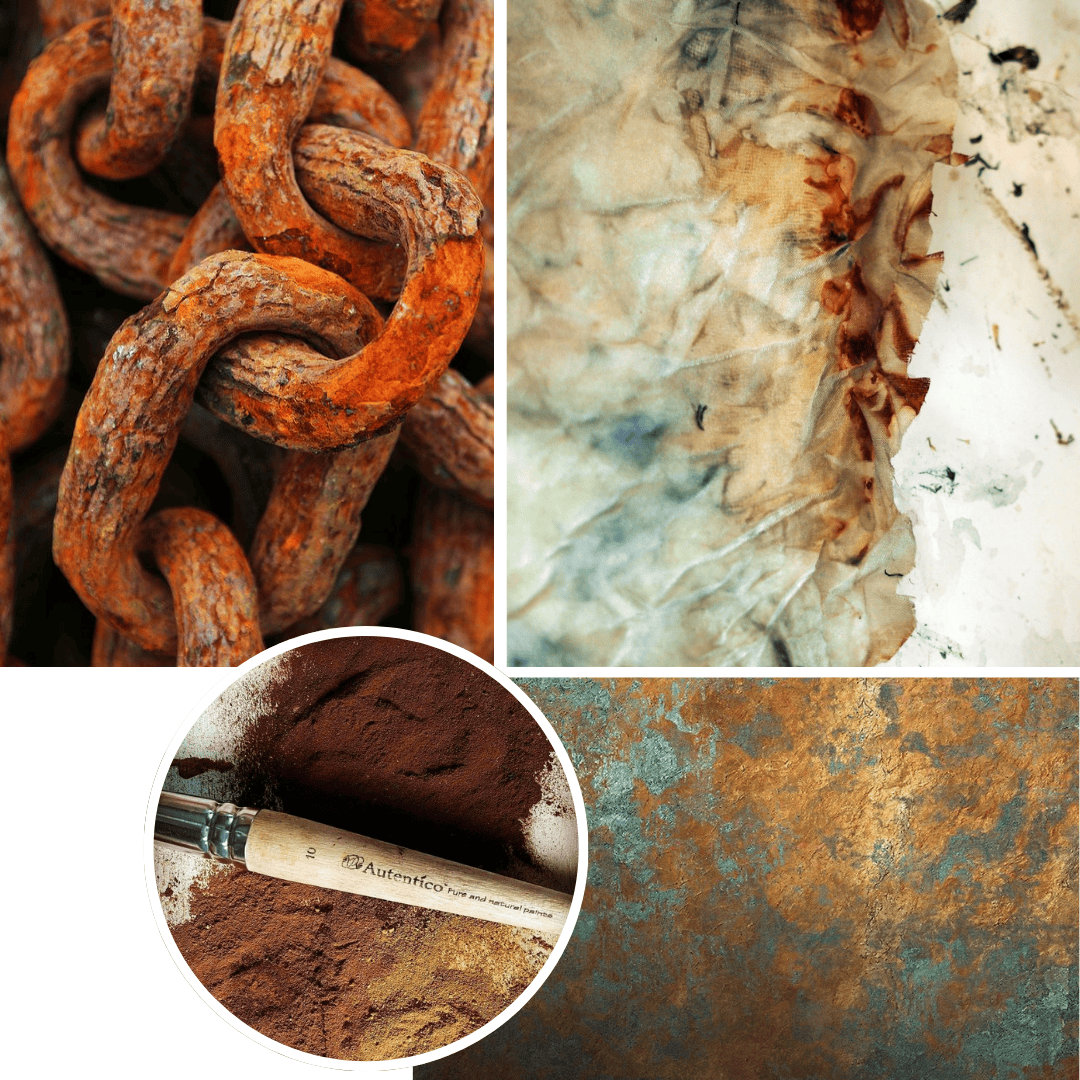
The Role of Mordants
Mordants are natural binders that help dyes attach to fibers and stay fast. Traditional mordants include:
- Alum → brightens shades.
- Iron → darkens and adds depth.
- Tannins from myrobalan fruit or pomegranate rind → help colors stick to cotton.
Without mordants, many plant-based dyes would fade quickly—mordants ensure that natural colors last, wash after wash.
Anuprerna's Sustainable Move
At Anuprerna, we embrace this natural alchemy—using flowers, leaves, roots, and iron-based mordants to create colors that are safe, authentic, and deeply connected to the earth.
related questions
What are natural dyes?
arrow_drop_downNatural dyes are color pigments extracted from plants, minerals, and organic sources such as flowers, roots, bark, leaves, fruits, and even iron rust. Unlike synthetic dyes, they are biodegradable, non-toxic, and safe for both skin and the environment.
How are natural dyes different from chemical dyes?
arrow_drop_downChemical dyes use petroleum-based ingredients and toxic chemicals, which can harm artisans, pollute water, and cause skin irritation. Natural dyes, on the other hand, are eco-friendly, safer for skin, and age beautifully with a natural patina.
Do natural dyes fade easily?
arrow_drop_downNatural dyes may soften in shade over time, but with proper care (cold wash, shade drying, mild detergents), they remain rich, long-lasting, and graceful as they age. The slight tonal variations are part of their beauty and uniqueness.
What is a mordant, and why is it important?
arrow_drop_downA mordant is a natural binding agent that helps fix dyes onto fibers. Common mordants include alum (brightens shades), iron (darkens tones), and tannins from pomegranate rind or myrobalan fruit. They ensure colors don’t wash out quickly.
More Stories

digital printing
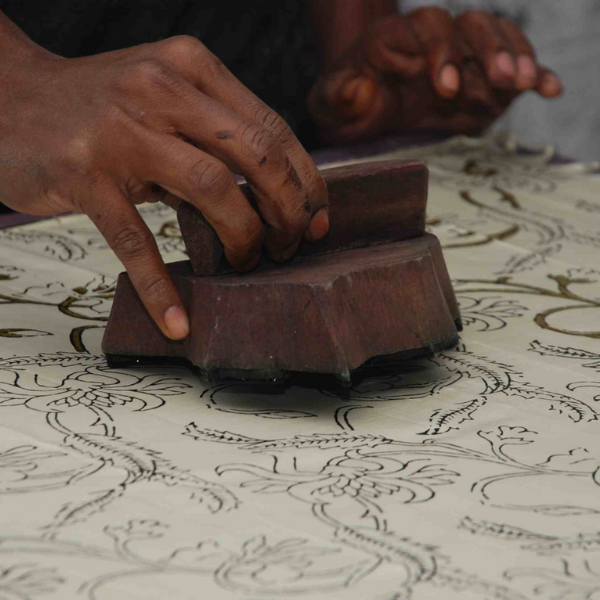
hand block printing
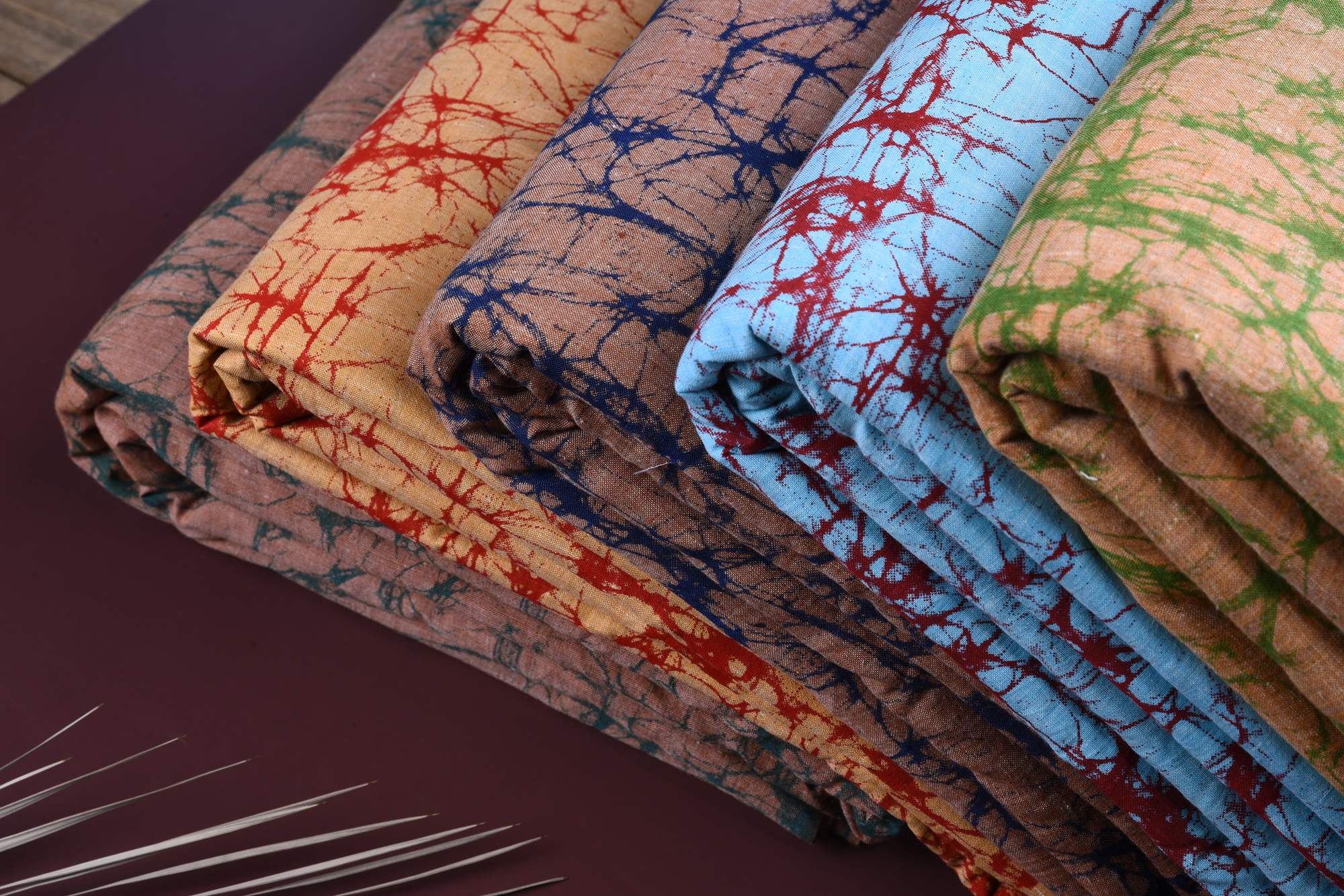
handprinted batik
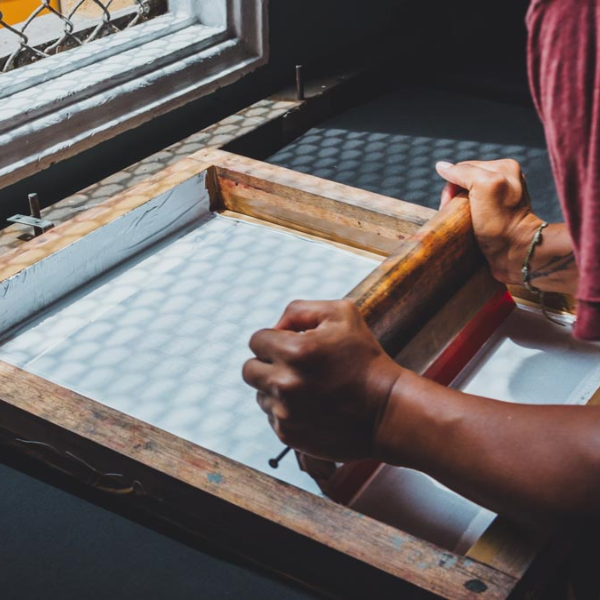
screen printing

ikat - a distinctive style

piece dyed fabrics
